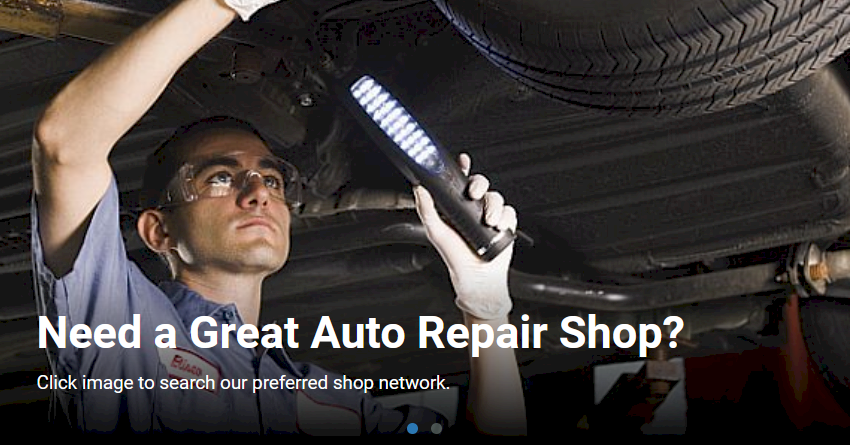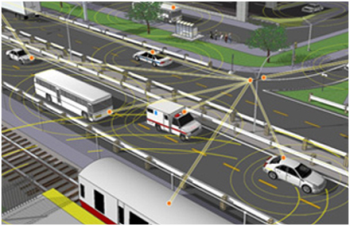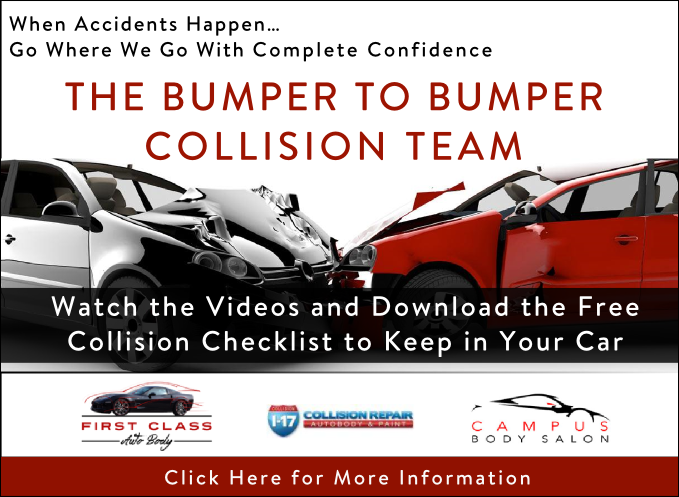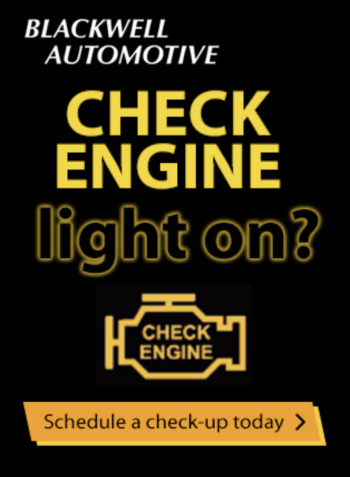

Welcome to Bumper to Bumper Radio!
Drive in anxious and cruise out confident with the best automotive information for your vehicle! Tune in to KTAR News 92.3 every Saturday from 11 a.m. to noon as Matt Allen helps listeners with their car problems. The show call in number is 602-277-5827.
Latest News From Bumper to Bumper Radio

The national average price of gas continues to decline as U.S. oil production increases. Today’s average price of $2.31 per gallon represents a decrease of three cents per gallon on the week, four cents per gallon on the month, and prices have moved lower for 14 of the past 15 days. Despite this recent trend lower, retail averages are up by 46 cents per gallon as compared to one year ago.
Quick Stats
The nation’s top five least expensive markets are: South Carolina ($2.07), Tennessee ($2.11), Alabama ($2.11), Mississippi ($2.11) and Indiana ($2.12).
The states with the largest weekly decreases in gas prices include: Ohio (-13 cents), Michigan (-12 cents), Indiana (-8 cents), Illinois (-8 cents) and Kentucky (-6 cents).

New AAA survey reveals that 35 percent of Americans will travel as a family this year
ORLANDO, Fla. (February 7, 2017) – Now is the time when millions of families across the country are starting to plan getaways for spring break, summer vacation and long holiday weekends throughout the year. According to a recent AAA survey, more than one-third of Americans (35 percent) are planning to take a vacation of 50 miles or more away from home involving two or more immediate family members this year. The overall volume of travelers remains unchanged from last year, indicating that Americans continue to prioritize traveling as a family.
While most family travelers (70 percent) are planning to take one or two vacations, there is a significant increase this year in the number of Americans who say they are planning to take three or more vacations. The 28 percent of family travelers who will take three or more trips this year is 13 percentage points higher than in 2016.

WASHINGTON – U.S. Transportation Secretary Anthony Foxx today announced that the U.S. Department of Transportation (DOT) has designated 10 proving ground pilot sites to encourage testing and information sharing around automated vehicle technologies. These proving ground designations will foster innovations that can safely transform personal and commercial mobility, expand capacity, and open new doors to disadvantaged people and communities. These designations are a logical next step in the Department’s effort to advance the safe deployment of automated technology.
“The designated proving grounds will collectively form a Community of Practice around safe testing and deployment,” said Secretary Foxx. “This group will openly share best practices for the safe conduct of testing and operations as they are developed, enabling the participants and the general public to learn at a faster rate and accelerating the pace of safe deployment.”
The proving grounds will also provide critical insights into optimal big data usage through automated vehicle testing and will serve as a foundation for building a community of practice around automated vehicle research.

Basic auto care goes a long way toward improving the safety and dependability of a vehicle. Whether you do it yourself or visit a trusted professional technician, the non-profit Car Care Council recommends 10 Fall
Car Care Month maintenance procedures to help make sure your car is operating at its best before winter arrives.
“Fall Car Care Month in October is the ideal time to give your car some extra attention before harsh winter weather sets in,” said Rich White, executive director, Car Care Council. “Taking a little time for auto care now can help you avoid the headaches of a costly emergency breakdown later.”
- Check all fluids, including engine oil, power steering, brake and transmission as well as windshield washer solvent and antifreeze/coolant.
- Check the hoses and belts to make sure they are not cracked, brittle, frayed, loose or showing signs of excessive wear.
- Check the battery and replace if necessary. Make sure the connection is clean, tight and corrosion-free.
- Check the brake system annually and have the brake linings, rotors and drums inspected at each oil change.
- Inspect the exhaust system for leaks, damage and broken supports or hangers if there is an unusual noise. Exhaust leaks can be dangerous and must be corrected without delay.
- Check the engine to make sure it is delivering the best balance of power and fuel economy and producing the lowest level of emissions.
- Check the heating, ventilating and air conditioning (HVAC) system as proper heating and cooling performance is critical for interior comfort and safety reasons, such as defrosting.
- Inspect the steering and suspension system annually, including shock absorbers, struts and chassis parts such as ball joints, tie rod ends and other related components.
- Check the tires, including tire pressure and tread. Uneven wear indicates a need for wheel alignment. Tires should also be checked for bulges and bald spots.
- Check the wipers and lighting so that you can see and be seen. Check that all interior and exterior lighting is working properly and replace worn wiper blades so you can see clearly when driving during precipitation.

New partnership aims to end traffic fatalities within the next 30 years
WASHINGTON – U.S. Department of Transportation's National Highway Traffic Safety Administration, Federal Highway Administration, and Federal Motor Carrier Safety Administration are joining forces with the National Safety Council (NSC) to launch the Road to Zero Coalition with the goal of ending fatalities on the nation's roads within the next 30 years. The Department of Transportation has committed $1 million a year for the next three years to provide grants to organizations working on lifesaving programs.
"Our vision is simple – zero fatalities on our roads," said U.S. Transportation Secretary Anthony Foxx. "We know that setting the bar for safety to the highest possible standard requires commitment from everyone to think differently about safety – from drivers to industry, safety organizations and government at all levels."




















